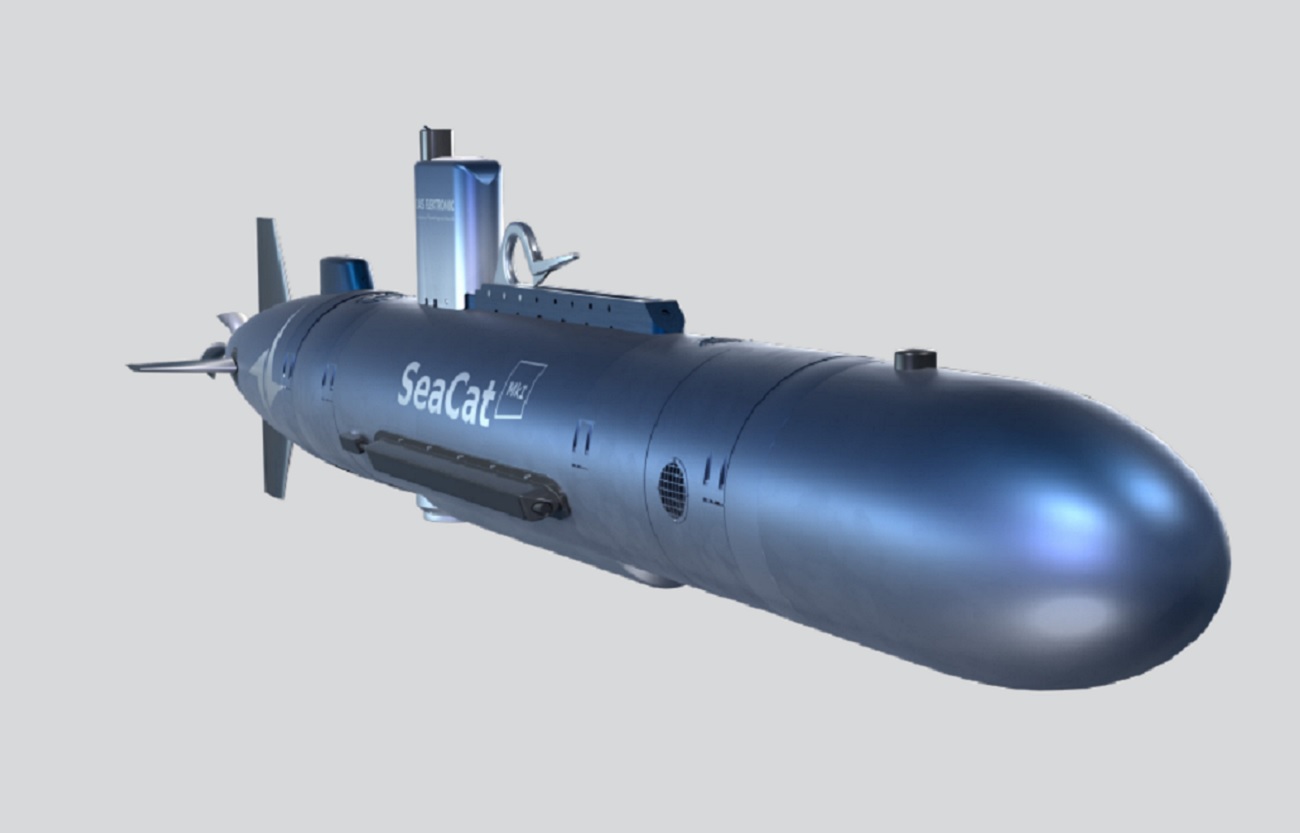The German Armed Forces finalized an agreement to equip their Frankenthal-class minesweepers with cutting-edge SeaCat autonomous underwater vehicles (AUVs) on October 20, 2023. The contract for this transformative project has been awarded to the esteemed German company ATLAS Elektronik GmbH, tasked with delivering a total of four autonomous underwater reconnaissance drones and ensuring their seamless integration into the minesweepers. This landmark agreement not only encompasses the integration of the SeaCat AUVs but also involves essential modifications to the existing training and testing facility. The contract provides the flexibility to swiftly procure additional drones as the need arises. This momentous decision gained approval from the Budget Committee of the German Bundestag and was formalized through the signing of the purchase agreement by the President of the Federal Office for Equipment, Information Technology, and Utilization of the German Armed Forces (BAAINBw). The funding for this ambitious project, slated to commence in 2024, will be drawn from the special allocation for the German Armed Forces.

The SeaCat Autonomous Underwater Vehicle (AUV) boasts a modular design that facilitates customization to meet specific mission requirements. Its versatile capabilities encompass conducting hydrographic surveys, enabling real-time data transmission for immediate point-of-interest inspection, and facilitating inspections within water supply ducts. The SeaCat AUV offers a range of SwapHead configurations, including Survey Head ONE equipped with an R2 Sonic Multi-beam echo sounder, Survey Head Mk TWO featuring a NORBIT Wideband Multi-beam Sonar and a video camera, and Survey Head Mk FOUR with a G882 Magnetometer, a Sub-bottom Profiler, a NORBIT Wideband Multi-beam Sonar, and a video camera. SeaCat provides various other Inspection Heads designed to meet diverse mission requirements, such as the Inspection Head AUV, Water Quality Head, Tunnel Inspection Head, Inspection Head ROV, Geomagnetic Head, and Subbottom Head. The SeaCat AUV boasts a diameter of 325mm, a variable length ranging from approximately 2500 to 3500 mm (depending on payload and battery options), a width of 576 mm, and a height of 670 mm (including antennas). The AUV’s weight in air varies from approximately 130 to 220 kg and it can achieve a maximum speed of over 6 knots while operating within a depth range of 2 meters to 600 meters.

The first drone is anticipated to be delivered by the close of 2024, with the integration process already underway for the inaugural minesweeper. By mid-2026, the German Armed Forces will possess four drones, an adapted training and testing facility in Kiel, an inventory of spare parts, and an array of versatile container modules. These cutting-edge drones employ high-resolution sonars, specifically Synthetic Aperture Sonar (SAS), enabling them to scour the seabed for potentially hazardous objects at depths of up to 300 meters. This represents a substantial increase in area search capabilities compared to a class 332 minesweeper without drone deployment. The Frankenthal class, designated as class 332, has been an integral part of the German Navy’s active fleet since 1992, with a total of 12 vessels. These ships were constructed between 1990 and 1998, featuring dimensions including a length of 54.4 meters, a width of 9.2 meters, and a maximum draft of 2.6 meters. Powered by two diesel engines with a combined output of 4,480 kW, these vessels can attain a maximum speed of 18 knots. In terms of armament, they are equipped with a single 2.7 cm naval gun and two FIM-92 Stinger missile systems, boasting the capacity to transport up to 20 sea mines.















